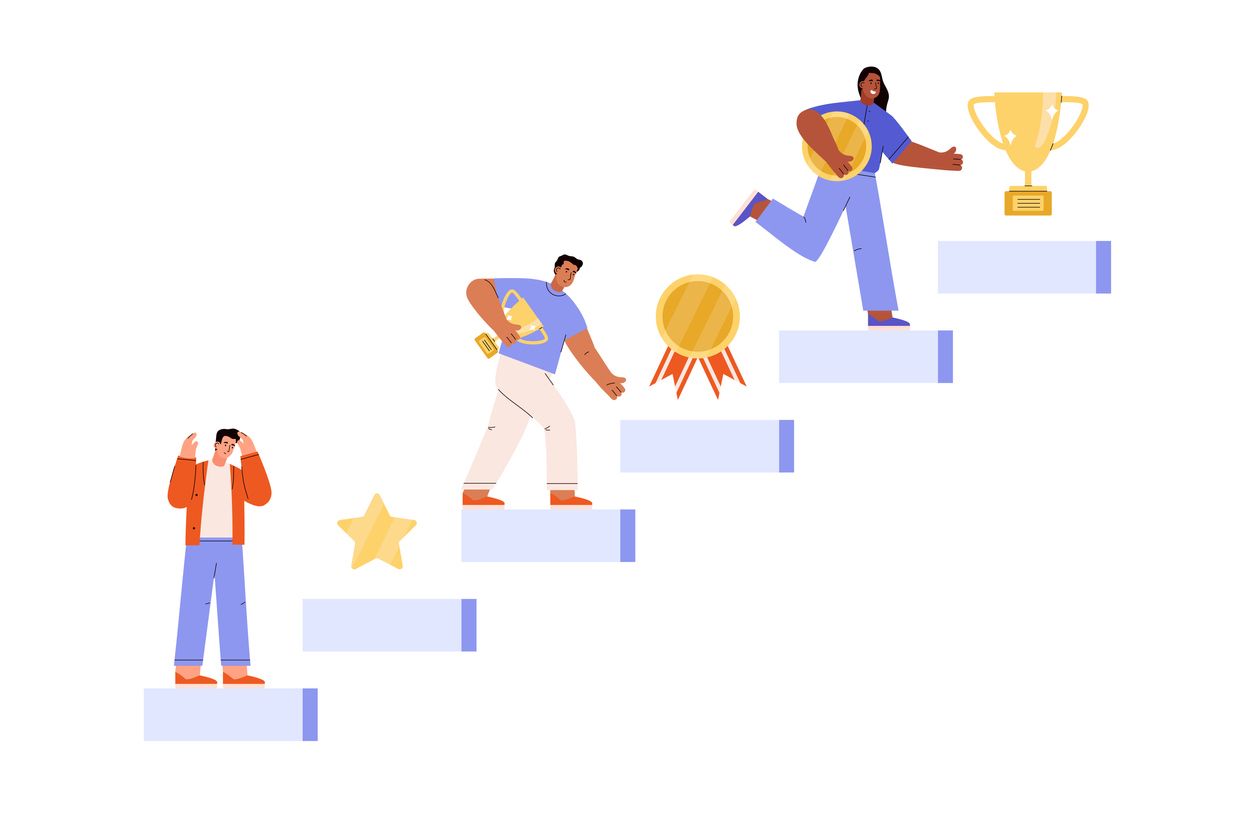Gamification For Better Business Outcomes - Motivating Users

Gamification works by encouraging users to engage in desired behaviors, providing avenues for learning, and playing with human psychological constructs.
Smart marketers use this to increase customer engagement and influence consumer behavior. To achieve this, consumers should be rewarded with virtual items (such as points) for specific actions (Eg. buying something, signing up, using a product, and completing a profile). Yes, these virtual items must have access to exclusive privileges (like gamification privileges) and reward offers such as levels and prizes.
Game-Like Mechanics
Game mechanics are the building blocks of rules designed to create fun gameplay. Think of them as basic building blocks that can be combined in interesting ways to perform a series of (often complex) actions to achieve a desired result. This typically includes gamification privileges such as points, badges, levels, challenges, leaderboards, and level-up features. These stem from game-like dynamics such as rewards, urgency, pride, competition, and status building.

Psychological Foundations of Gamification
As Gabe Zichermann quotes in the video, "Gamification is 75% his psychology and 25% his technology."
A gamified system must meet the three elements such as motives, abilities, and triggers. In other words, the gamified system should motivate the user to do something, give the user a chance to perform the action, need a trigger to complete the action, and keep the user from losing interest. must be the main motive.
Reward: A reward is something you receive that makes you feel positive about it. The positive emotion part is the key factor. Users are rewarded with virtual goods (Eg. points) for certain actions (Eg. purchases, filling out forms) and these virtual goods may lead to exclusive privileges and rewards such as ranks and prizes.
Lose Avoidance: Most people strongly prefer avoiding losses to making gains. One way to start this is to give people something to lose quickly (unless they keep playing).
Status, Competition, Reputation Most people naturally want a higher status, not just matching, but surpassing. For this reason, leaderboards are a good idea. Also, socializing achievements keeps people motivated to continuously improve and achieve clear goals. Learn more about designing reputation systems.
Feedback: Feedback tells the user that the intended action has been registered and shows the result of that action. Accumulating points during promotions leads to a clear and immediate reward system. It also gives an instant indication that the user is getting closer to their goal. Continuing to accomplish small goals in order to achieve a larger one often makes the game addictive.
Conclusion
The game becomes more and more interesting when people apply what they love about the game to other things. Gamification tool is something powerful to improve business results whether integrated into marketing and products or used to motivate employees. Quality of execution determines success.
“Currently, most attempts at gamification fall short, but successful and sustained gamification can turn customers into fans, make work fun, and make learning fun. is very large.” – Brian Burke, Gartner Research Vice President.
A gamified app should provide a rewarding experience. Otherwise, people wouldn't use it. At the same time, success must be measured.